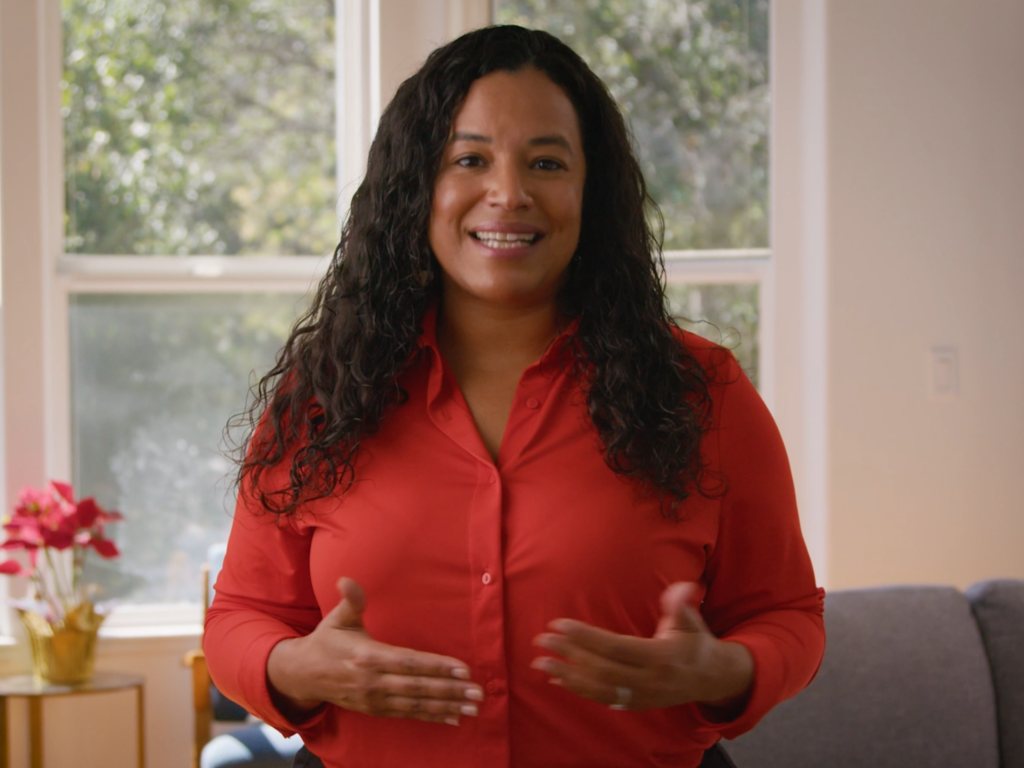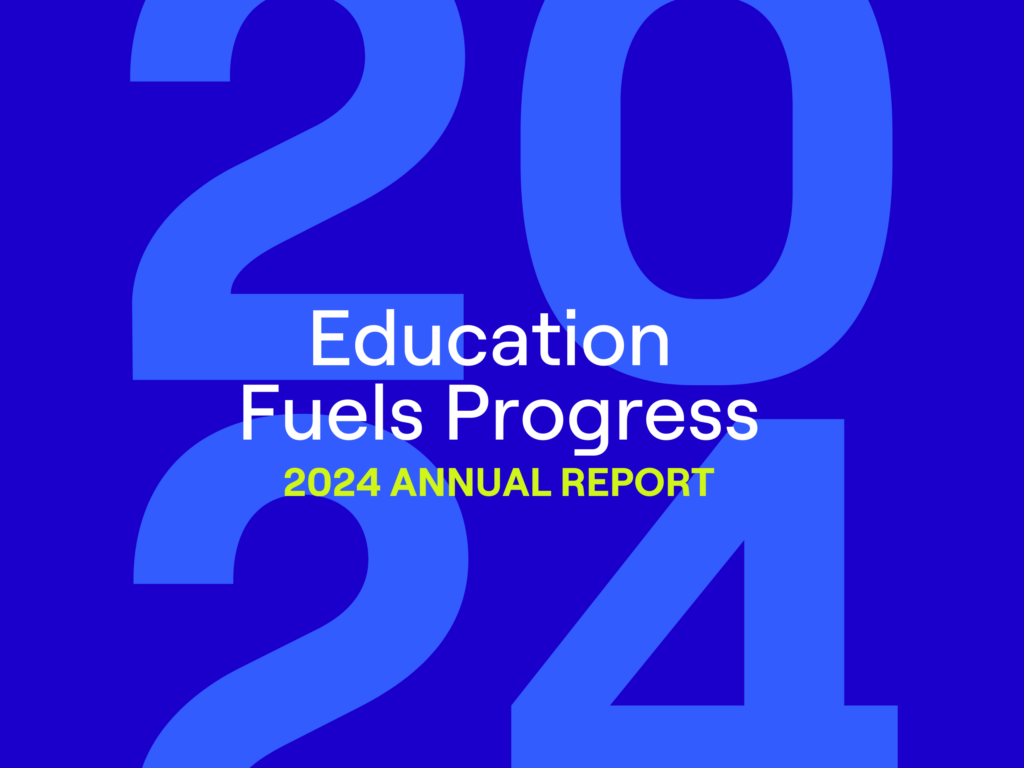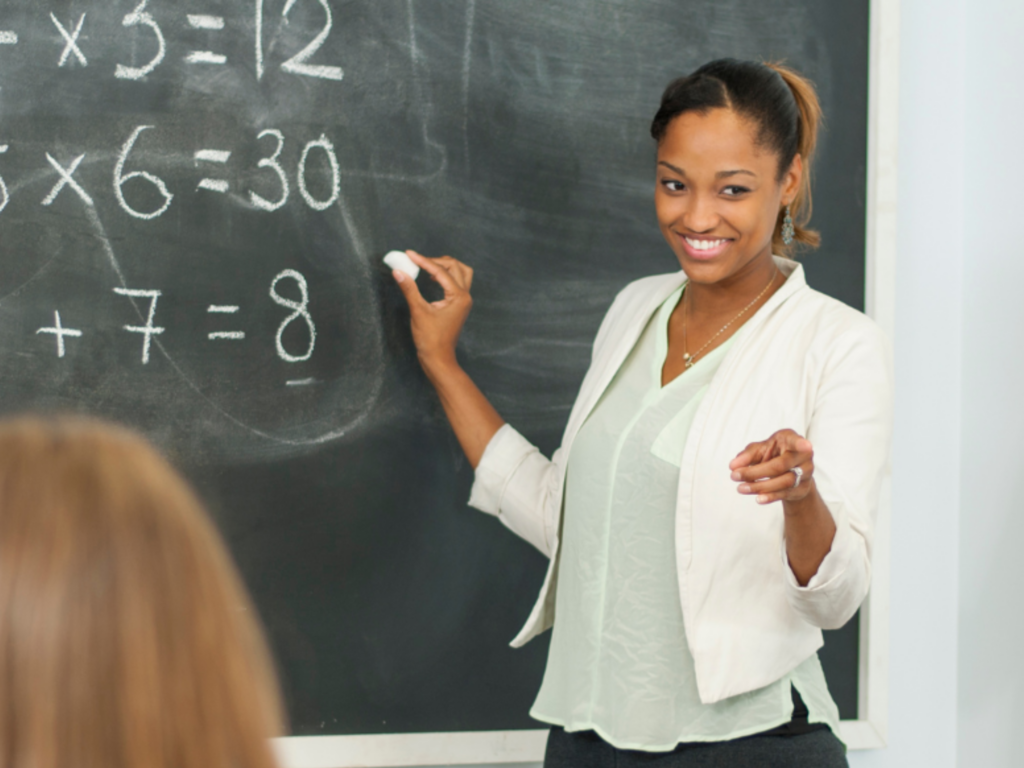For the past four years, I’ve been lucky to have been a part of a thriving community of practice of early-adopters of blended and personalized learning in charters and districts called the Community of Innovative Practice. This group comes together twice a year to exchange war stories, share best practices, engage in lively debate, explore new ideas and problem-solve together around this challenging work. Much of the early work we produced together can be found in my book, Go Blended! A Handbook for Blending Technology in Schools.
Last week, our group, comprised of high performing charters and districts around the country, got together in Chicago to discuss our burning issues: what tools we were excited about, new developments in data integration, challenges around scaling blended learning, student learning profiles, making the case for more personalized learning, and sharing what new tools our organizations had developed that might be useful to each other. And, we just wanted to catch up with each other, learn what new work we were doing in our respective organizations, tour a few innovative schools, and have fun together. (And, we know how to have fun!) A special shout out goes to LEAP Innovations, for hosting our group and making our Chicago experience all the richer.
We shared a packed and intense couple of days together, and I had some big takeaways from our discussions together:
-
Increasing opportunities for students to get personalized learning is still really important work in schools.
Much discussion centered on how students in our schools have gotten greater opportunities to learn through our work, and that this endeavor has paid off in other unexpected ways. Some have found teacher retention to be higher at their schools with personalized learning, some shared that running Common Core assessments in blended learning schools was much easier than in non-blended schools, and some have found that educators’ opinions about using technology for learning have shifted considerably to become much more open to change.
-
The work of innovating in schools is changing quickly and innovators need each other more than ever in order to really move the work forward.
When we started this group, we were discussing math software and understanding how to run pilots. Now, what we’re talking about has moved from discussing pilots and products, to sharing scaling challenges, comparing student learning profile models, eagerly awaiting our Common Core assessment data and thinking deeply about student agency. Part of what has kept this group together is our belief that the best way to problem-solve is by using each other’s work and expertise to inform how we take the next big steps in our organizations and schools.
-
Schools’ needs continue to evolve, but the market is not responding quickly enough to meet the needs.
We’re still looking for incredible blended learning software, and what we’ve found is that while a few players have entered and exited the field since we started, most of the software we use in our schools hasn’t changed all that much. We still desperately want data integration, and yet struggle against the barriers to make this easier for our teachers and principals. And unfortunately, some content areas are still woefully bereft of viable products. (Thank goodness my colleagues at NewSchools on the Tools & Services team will be running a science software challenge later this year!)
Educators collaborating and learning from each other are part of the “secret sauce” that has allowed early adopters like the leaders in the Community of Innovative Practice to simultaneously engage with the future of learning on a local and a national level and impact thousands of students in our respective organizations in the process. And, as a professional community, this collaboration has made all of our jobs much richer, more dynamic, and and more fulfilling.
At NewSchools, we’re excited to embark on the work of building more communities like this one, as one way of supporting the folks doing the work of accelerating innovation in schools and engaging educators in building these connections with each other in service of greater student learning. Come join us!


